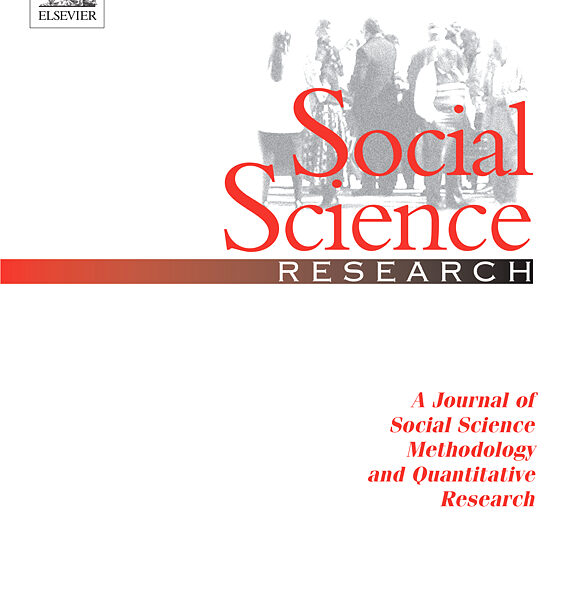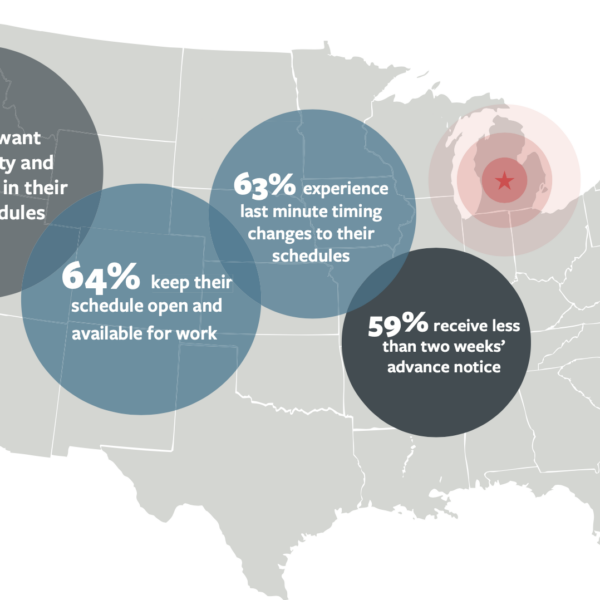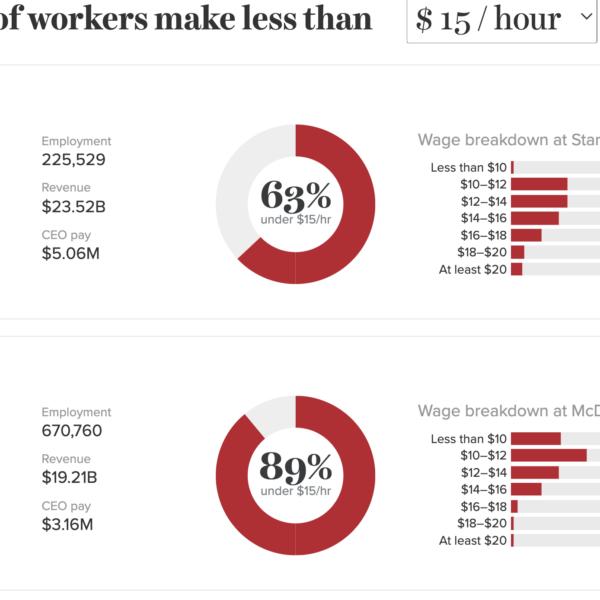
Shift Alumni
Annette is a PhD Student in sociology at UC Berkeley. Between 2020 and 2021 she worked for Shift as a pre-doctoral fellow at Harvard Kennedy School.
Publications
-

COVID-19 Employment Shocks and Safety Net Expansion: Health Effects on Displaced Workers
COVID-19 precipitated sharp job losses, concentrated in the service sector. Prior research suggests that such shocks would negatively affect health…
-

Working in The Service Sector in Michigan
This research brief is part of a series designed to advance our understanding of working conditions in the service sector—in…
-

The Company Wage Tracker: Estimates of Wages at 66 Large Service Sector Employers
In this brief, we report wage distributions for hourly workers at 66 large service-sector firms, using unique survey data collected…
-

Tax Filing in the Service Sector
We show that tax refunds are a substantial source of income for service sector workers, the equivalent of up to…
-

Employee Vaccination Rates in the Retail Sector: Successes and Resistance
Using the most recent shift data, this brief explores how vaccination among service sector workers has changed since the Spring.
-

Half of Service Sector Workers Are Not Yet Vaccinated for COVID-19: What Gets in the Way?
We find that half of frontline, service sector workers reported being unvaccinated as of early June 2021.
-

Unemployed Without a Net
In this brief, we address key questions about the Unemployment Insurance response to the economic crisis triggered by the pandemic.